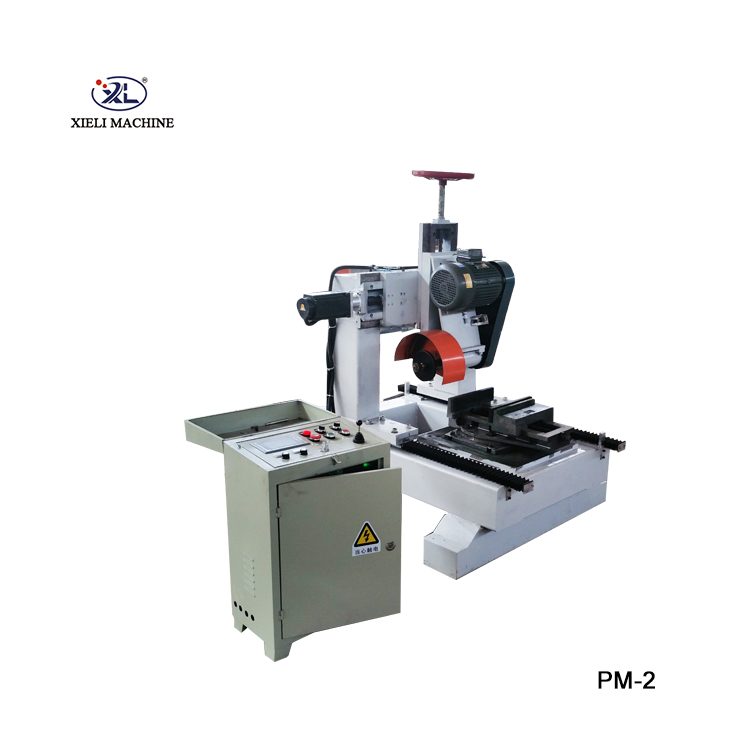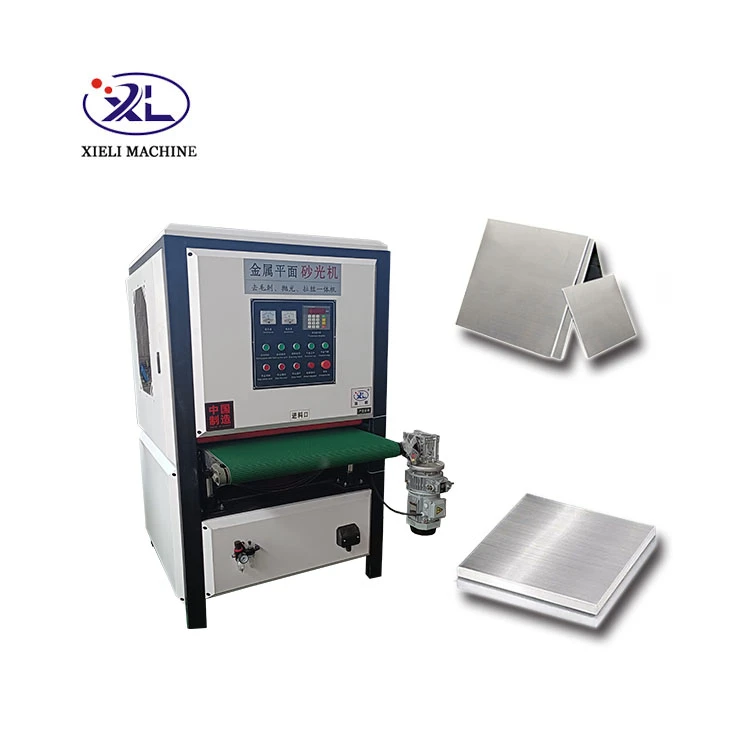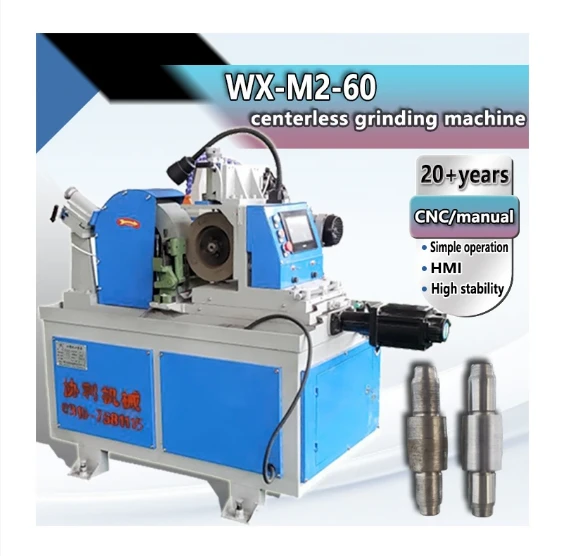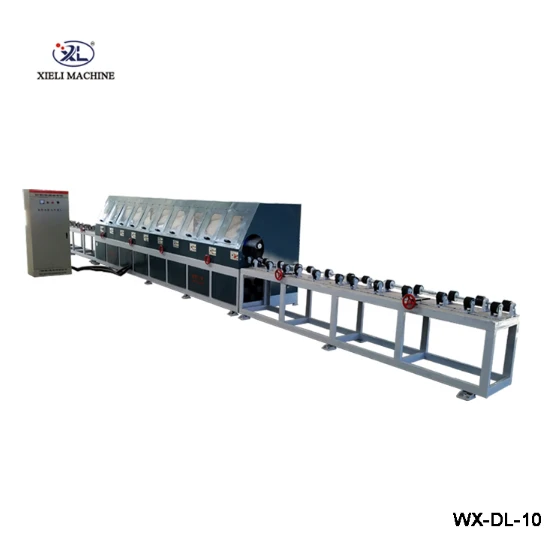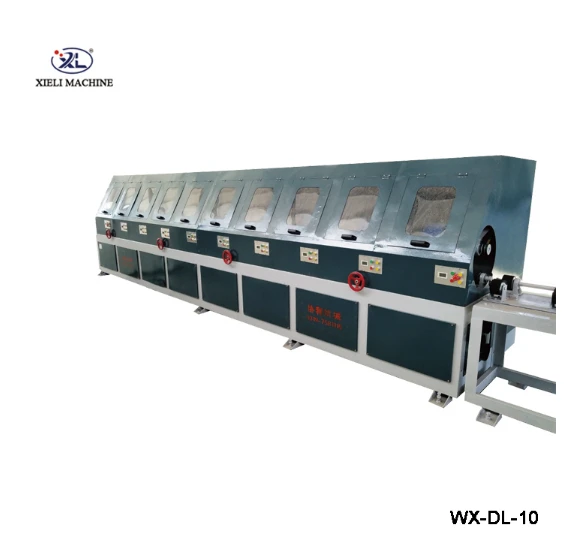Exploring the Pricing and Factors of Centerless Grinding Machines
Centerless grinding is a critical manufacturing process widely used in various industries for shaping and finishing cylindrical parts. The machines that perform this operation, known as centerless grinding machines, come in various types, sizes, and configurations. Consequently, the prices of these machines can vary significantly depending on several factors.
One primary determinant of centerless grinding machine prices is the type of machine itself. Generally, there are two main types of centerless grinding machines in-feed and through-feed. In-feed machines are used for parts that require a more complex grinding process, where the workpiece is fed into the grinding area. These machines tend to be more expensive due to their advanced features and capabilities. Through-feed machines, on the other hand, are simpler and often cheaper, designed primarily for parts that can be fed straight through the machine.
Another important factor influencing the price is the size and capacity of the machine. Larger machines capable of handling bigger workpieces or higher volumes of production typically come with a higher price tag. Additionally, the precision level of the machine, often measured in terms of tolerances, can also affect the cost. Machines designed for high precision and tighter tolerances usually involve more sophisticated technology and thus are priced higher.
Furthermore, the brand and manufacturer play a significant role in pricing. Well-established manufacturers known for their reliability and quality often command higher prices. Conversely, lesser-known brands may offer more budget-friendly options that could still meet the basic requirements of certain applications. It's essential for potential buyers to consider the reputation of the manufacturer and the level of customer support they can expect.
centerless grinding machine price factories
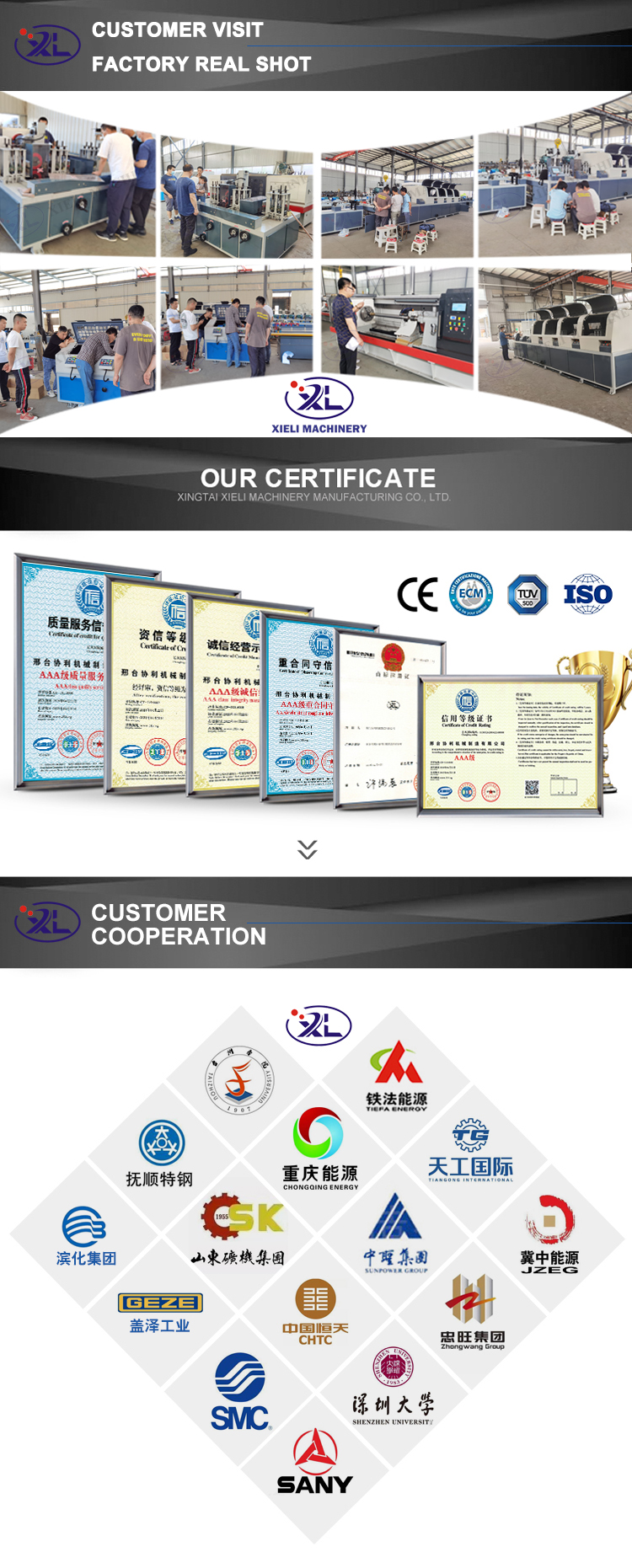
Customization options can also impact the price of centerless grinding machines. Some manufacturers offer tailored solutions to meet specific customer needs, which can include additional features or modifications. While this can enhance productivity and efficiency, it may also lead to increased costs.
The technology used in the machine is another critical factor. Advanced automation features, such as CNC (Computer Numerical Control) capabilities, increase precision and reduce manual labor, contributing to higher prices. However, investing in these technologies can lead to long-term savings through increased productivity and reduced waste.
Lastly, geographic location and market conditions can dictate pricing. Factors such as shipping costs, import duties, and regional demand can influence the final price of the machine, making it crucial for buyers to research their specific market environment.
In conclusion, centerless grinding machine prices vary widely based on type, size, precision level, brand reputation, customization options, technology, and regional market conditions. For businesses looking to invest in this essential machinery, understanding these factors can aid in making an informed purchase decision that aligns with their operational needs and budget constraints.

